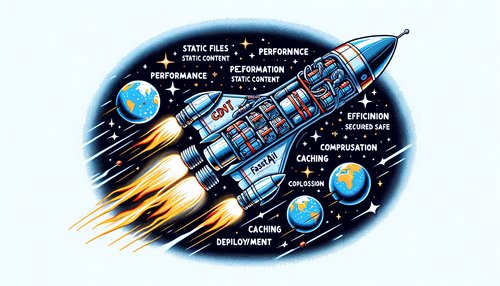Taking Your Application to the Next Level with Microservice Architecture
Microservice architecture is an increasingly popular way to design and develop applications, and for good reason. By breaking an application into smaller, more manageable pieces, microservices provide the flexibility and scalability needed for modern applications.
The idea behind microservice architecture is to divide an application into smaller services, each with its own distinct purpose, that can be deployed and managed independently. This allows for greater flexibility when it comes to deployment, maintenance, and scalability. For example, if one of your services needs to be updated or changed, you can do so without affecting the other services in the application.
It also makes it much easier to scale your application as needed. With microservice architecture, you can add or remove services as needed, without having to make major changes to the entire application. This makes it easier to add new features or make changes to existing ones without having to redesign the entire application.
Another benefit of microservice architecture is that it makes it easier to test and debug your application. Since each service is separate, it's easier to identify and fix any issues that may arise. This makes it much easier to ensure that your application is always running optimally.
Microservice architecture is an incredibly powerful tool for application development, but it's important to understand the implications of using it. It can be more complex than traditional monolithic applications, and requires a certain level of expertise to implement correctly. However, if done correctly, it can provide a great deal of flexibility and scalability for your application.
If you're looking for a way to take your application to the next level, microservice architecture may be the answer. It can provide the flexibility and scalability needed for modern applications, while also making it easier to test and debug. With the right expertise, you can create a powerful application that is both reliable and scalable.
Recent Posts

Unlocking the Power of Terraform: Mastering Conditional Expressions for Smarter Infrastructure Automation

Unveiling the Future: Navigating the Public Interface of Apache Airflow for Streamlined Workflow Management
Apache Airflow
Mastering Workflow Automation: Unconventional Apache Airflow How-To Guides for the Modern Data Enthusiast
Apache Airflow
Mastering the Cloud: Unveiling AWS CloudFormation Best Practices for Seamless Infrastructure Management



